Creating good IP is a challenge for production houses: Abhimanyu Singh
Historical shows have been building up their own band of viewers over the years. Channels have brought alive the life times of kings like Maharana Pratap, Akbar, Peshwa Bajirao on the small screen. Now, Life OK is all set with its new historical show, ‘Sher-E-Punjab Maharaja Ranjit Singh’, which will go on air from March 20, 2017 at 8.30 pm. Life OK has associated with production house Contiloe Pictures to bring forth the story of a King who was like no other – a true leader and a visionary, a man of intelligence and not just brute strength. Founder of the Sikh Empire, Maharaja Ranjit Singh is mostly known as the last Indian to hold the famed Koh-i-noor diamond and for gold-plating the Golden Temple. The show follows the journey of the exemplary king, who placed service above rule and unity above power. It sets out to discover all the facets of the man whose philosophies endeared him to his countrymen and whose political acumen struck fear in the heart of his enemies – the British and Afghans.
To support a story of this scale, film director Omung Kumar (‘Black’, ‘Saawariya’, ‘Yuvvraj’) has come on board to design the sets; the costumes of the lead actors have been designed by Bollywood costume designers Manoshi Nath and Rushi Sharma; Bollywood stunt director Allan Amin has been brought in to design the war sequences in the show. The cast includes Damanpreet Singh, who is essaying the role of Maharaja Ranjit Singh; Tunisha Sharma will be playing the role of Ranjit Singh’s wife, Mehtab Kaur; Shaleen Bhanot plays the role of Ranjit Singh’s father, Mahaa Singh; Sneha Wagh will be Ranjit Singh’s mother, Raj Kaur; Sonia Singh will be Mehtab’s mother, Sada Kaur; while Rumi Khan will be Mehtab’s father, Gurbaksh.
Abhimanyu Singh, CEO, Contiloe Pictures, commented, “Our next historical venture, ‘Sher-E-Punjab Maharaja Ranjit Singh’, promises to be the biggest historical out of our stable. We have worked for over a year and a half on the show and a unit of 500 people is working day and night to translate our vision into reality. We are also working with state-of-the-art VFX supervisors and stylists to infuse freshness to this epic saga.”
Contiloe Pictures is no stranger to historical shows, having produced shows like ‘Veer Shivaji’, ‘Maharana Pratap’ and ‘Chakravartin Ashoka Samrat’, among others. The production house has sought to explore unknown stories from Indian history.
Speaking further, Abhimanyu Singh said, “The beauty and the fantastic administration during Ranjit Singh’s rule was that he was able to block Khybar Pass and stop the invasions that had been happening in India for thousands of years. He was also able to keep the British at bay. His greatest achievement was to create an ‘Akhand Punjab’.”
In conversation with Adgully, Abhimanyu Singh speaks at length about the making of ‘Sher-E-Punjab Maharaja Ranjit Singh’, content evolution on Hindi GECs, the challenge of getting good creative talent, increase in production costs and value, and more. Excerpts:
What kind of research went behind the making of ‘Sher-E-Punjab: Maharaja Ranjit Singh’?
We went with the show to Life OK, and coincidentally, they were thinking of doing a show on the life of Maharaja Ranjit Singh at the same time. So it was an apt fit. We started working on it almost a year and a half back. Slowly, over a period of time, we started developing the show and it has taken us a year and a half to reach here.
How did the whole idea of the show materialise?
If you look at the current political scenario of the country today, most leaders are hungry for power. All they want is to rule with an iron fist – the laal batti phenomenon. Whereas here is the story of a king who actually gained that power, but did not sit on the throne. He preferred to sit below the throne and looked at it as his ‘praja’ and put service to his ‘praja’ above all else. So, there is a lot of learning from the way he conducted his administration. This apart, his kingdom was surrounded by the Afghans on one side and the British on another side. At a very young age of 12, he was still able to create the vast empire of Punjab. It is a huge achievement. So these are the main reasons why we came up with ‘Sher-E-Punjab’.
While creating a historical series how does a production house and the script writers infuse freshness into the story to hold the audience’s attention, given that all the facts are already in the public domain?
We have the best set of researchers – Dr JS Grewal, Induji, Dr Gurbaksh Singh and Shrikant Sharma – under whose guidance the whole scripting is done to ensure that nobody’s sentiments are hurt, which is most important. We are intending to tell a story that is inspirational. Our intent is not to create drama and hurt somebody. Therefore, our scripting is done under the supervision of this set of core researchers.
As far as freshness is concerned, if you see in the AV, the sets, the way in which the wars have been visualised, are all done in a grand scale, which hasn’t been seen on television in a while. Also, British India had evolved at that time. That’s another fresh aspect that you will get to see in the show.
What kind of content evolution has been observed over the years in Hindi GECs, especially in the historical period drama genre?
I think television is reaching a bigger audience now, even though there are parts of India that is TV dark. So, India is still a developing market in terms of mobile and digital as well. On the content perspective, there is a huge opportunity for creating content for various platforms, but the evolution will happen over a period of time. It is not going to happen overnight. Moreover, it is a changing environment. We have people who are leaving television and moving on to mobile and digital. There is a section of the younger generation that is not on television at all. So, it will be a while before this environment takes shape. Then you will see a new scenario.
What are the factors that a production house needs to keep in mind while in the framing stage, given the change in people’s viewing habits?
I think one changing fact is that people want instant gratification and a lot of drama. People’s attention span is also reducing. That is why you see cricket that was earlier a 5-day Test format being compressed to 50-50 and now 20-20. These are changing habits and, therefore, your storytelling needs to change accordingly. All makers are aware of that and are making those changes to ensure that the content connects with the audiences.
With the expansion of the prime time band on GECs and growing content on OTT platforms, what kind of opportunities does it offer to content production houses?
The expansion of the time band means expansion of shows, more work and, therefore, more opportunities for production houses. But the real value in the production business will not set in with only expansion of time bands. It will set in with good IP being created. That is still a challenge for production houses in India.
Do you think there is a shortage of good content writers and scripts in the television industry today? How do production houses address this issue?
This is an inherent problem, because creativity is not honed at a young age. How many of your schoolmates were encouraged to take music, dancing, painting, etc., as a subject? Most must have pushed into things like Mathematics, Sciences, so that’s an inherent problem in India, which is not there in the West. People are pushed into more creative side of the business – there you have Steve Jobs, who did not go to a science class, but a choreography class and became who he is. So, I think there needs to be more enthusiasm on this side on an educational basis. Then we will have better talent coming up. As far as the current set of talent is concerned, we do have a set of challenges and we have to deal with it. We have to see how we can tap newer talent and come up with better writers.
With the rise in use of grander sets, shoots at foreign locales, more VFX, etc., what kind of rise have you seen in production costs and production values? What is the cost incurred in making ‘Sher-E-Punjab’?
It’s true, we are seeing a rise in production values and costs. But it is not so significant. Yes, with historical shows you will see that because they are dependent on lavish sets and costumes. But for normal shows, you are not seeing that kind of investments. Some networks are taking the initiative of putting in more money, but some are also cutting down on the cost. So it is a mixed bag there.
For ‘Sher-E-Punjab’, the cost incurred is huge. I can say that from whatever I have done so far, it is the biggest historical.
What is the current content portfolio of Contiloe?
We are doing ‘Mahabali Hanuman’, and there are a couple of other shows in the pipeline.





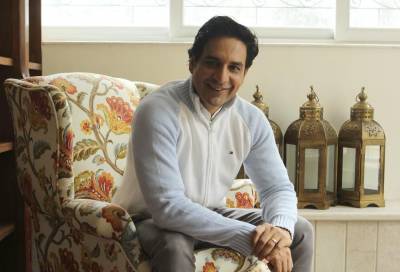
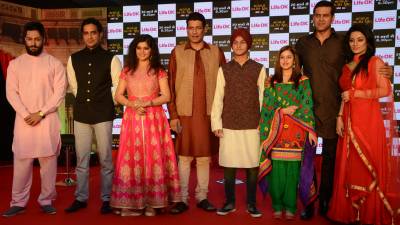
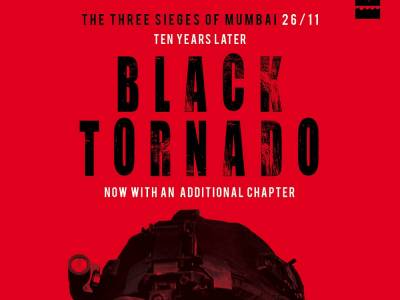

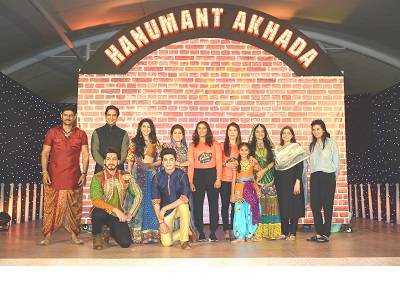

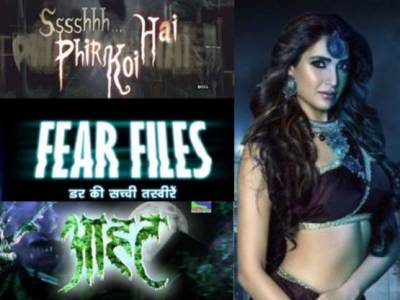
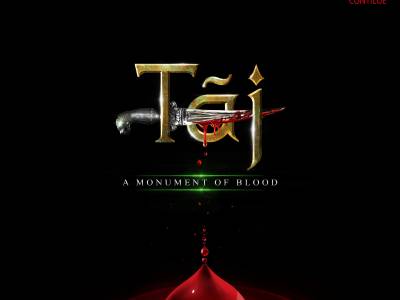
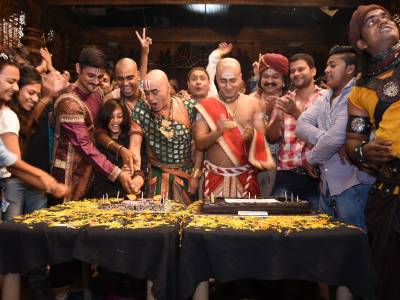
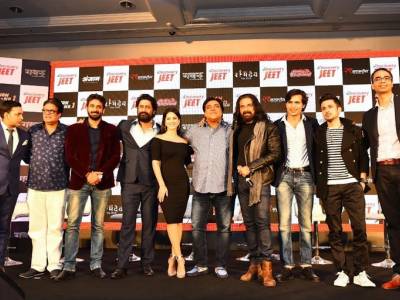


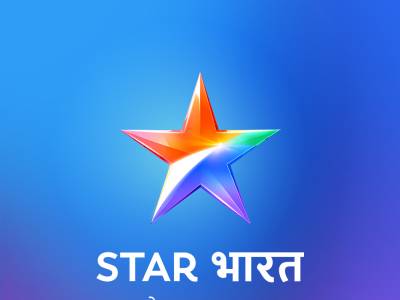



Share
Facebook
YouTube
Tweet
Twitter
LinkedIn